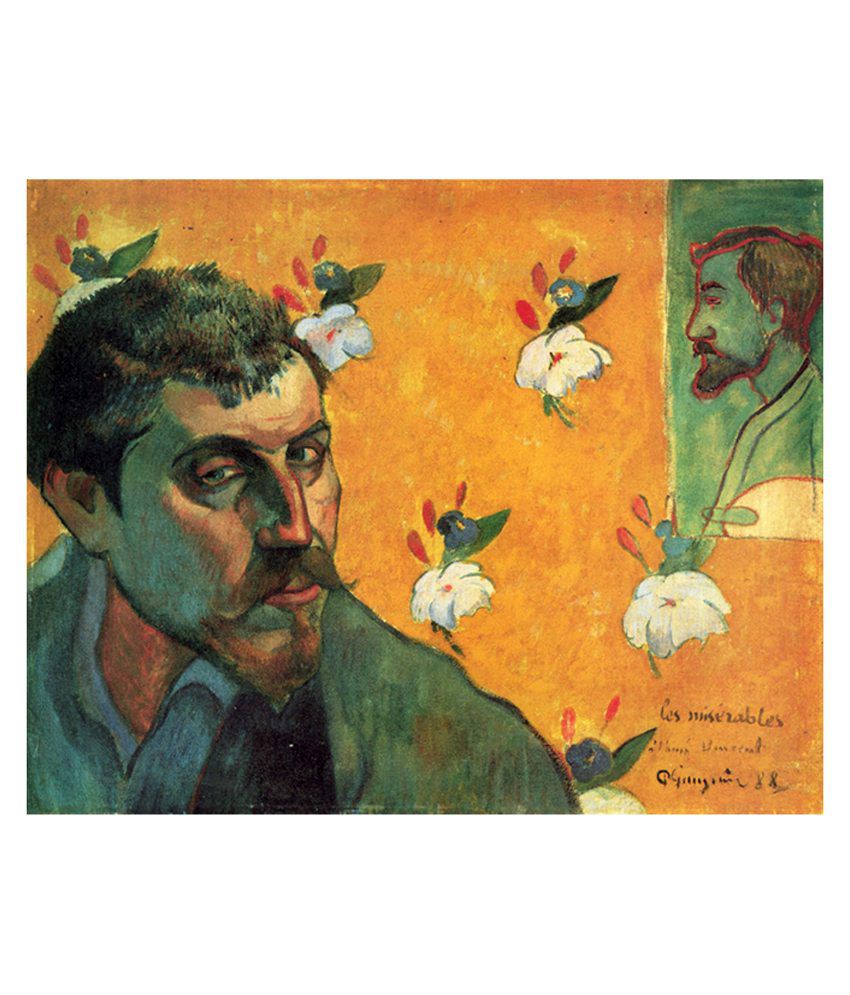
The railway by edouard manet full#
They’re not in the centre of activities, they’re just passively watching, that is, the nanny is gazing at us, but the little girl is still full of hope, her eyes riveted at Gare Saint-Lazare.Įdouard Manet’s anniversary of birth was yesterday, so I think it’s always nice to remember artists on their birthdays.At Smarthistory, the Center for Public Art History, we believe art has the power to transform lives and to build understanding across cultures. Here the setting symbolises bustle, changes, movement and adventures but both the nanny and the little girl are on the other side, on the wrong side of the fence. Trains could take you anywhere out of Paris, from a grey cityscape to the beautiful gardens in the suburbs, which Monet used to visit. Train station is a busy but vivid place, a place of tears or joy, depending on whether somebody is traveling far away, or returning after a long trip. Motif of trains is much more than just an Impressionistic fancy. There is no visible train only the white cloud of steam indicates its presence. It was a spot painted by fellow Impressionists such as Gustave Caillebotte and Claude Monet, but Manet approached the subject quite differently. The setting includes the train station in Paris called Gare Saint-Lazare. Large brushstrokes of solid black are spread across the canvas, dominating the background. We can’t see her face, thought she appears to be amused by the train passing by, clutching the iron grating like a restless captive bars of its cage. Her black hair ribbon matches the one her nanny is wearing around her neck. Model for the little girl was a daughter of Manet’s friend Alphonse Hirsch.

Next to her stands a little girl in white dress with large blue bow.

She seems to have been reading that book, but something distracted her. There’s a sleeping puppy in her lap, a closed fan and a book. She is dressed in a navy gown with wide pagoda sleeves typical fashion of the time. In this painting she posed as a nanny and her piercing gaze is evident as well, though she seems a bit distant, her eyes sad and tired. She appeared in many of his paintings, most notably the two already mentioned above: Olympia and The Luncheon on the Grass. The first thing you’ll notice about this painting is the straightforward gaze on the face of this rosy-cheeked and red haired woman, modeled by Manet’s favourite model, Victorine Meurent.

In return, Baudelaire praised Manet in times when art critics were still enraged by his paintings Olympia and The Luncheon on the Grass. Pierre-Auguste Renoir painted parties and dance scenes, Claude Monet painted bridges, trains and seasides, Pissaro painted boulevards, Gustave Caillebotte the streets of Paris, but it was the radical young artist called Edouard Manet who beautifully captured Baudelaire’s ideas. Baudelaire’s ideas came to life through the brushstrokes of Impressionists. (his quote: ‘Modernity is the transient, the fleeting, the contingent it is one half of art, the other being the eternal and the immovable.‘) Baudelaire argued that art should capture the modern life, both its glamour and bleakness, with a constant awareness of its transience. This painting perfectly embodies Charles Baudelaire’s idea of ‘modernity’.


 0 kommentar(er)
0 kommentar(er)
